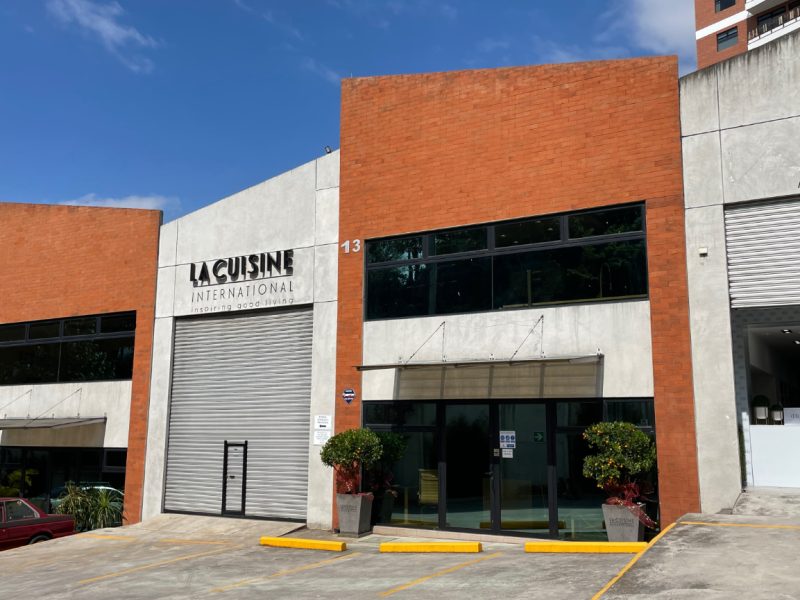
Our Company
Locations
Contact Us
Newsletter
Sign up to receive email updates on the latest products, collections and campaigns.
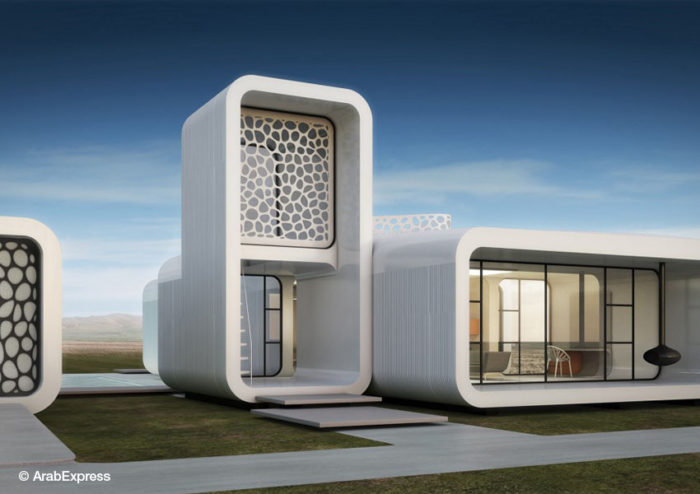
Today, architecture and technology have come together in an amazing way. It’s no longer just the integration in terms of solar technology or building materials, but also the revolution that has been happening for some time now with 3D printing to change the very process of bringing a design from paper to reality.
3D printing allows architects and designers to make tangible elements of materials such as masonry, concrete, and even wood. However, the radius of action of this innovative technology will certainly change the way real estate is conceived, negotiated, and sold as well.
Now, builders and architects can do more than explore the feasibility of a design. With 3D printing, they can verify how durable the materials are and even offer with certainty the time it would take them to complete a building.
The reign of the prefabricated
Prefabricated elements are one of the great bets of 3D printing. Thanks to this technology it’s possible to create much larger structures and objects using a variety of prefabricated elements. This will obviously disrupt traditional construction since it would allow construction teams to assemble buildings in a short time and in difficult to reach environments.
This means that from now on, a building structure can be designed and printed in one place and then be transported to the installation site to be assembled. Obviously, this will benefit populations that have suffered natural disasters, since their houses could be quickly rebuilt.
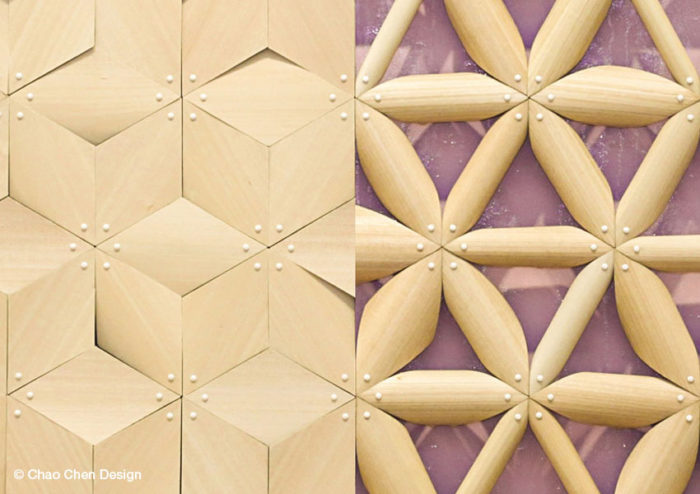
More materials, more innovations, new bets
Everything that seems impossible to build will prepare the path for “being able to build anything you can imagine.” The construction artisans of the Bauhaus would be amazed because 3D printing can make your dreams come true.
Biophilic designs-those that are inspired by nature’s processes-will be the norm with 3D printing. This technology offers new methods to work with cells without damaging them, which means endless possibilities for the creation of different types of organic materials.
In fact, the Advanced Research Projects Agency of the US Department of Defense (DARPA) is already working on the investigation of the manufacture of new construction materials that have the capacity to regenerate themselves and respond to the environment where they are implanted.
Next to the biophilic designs are the so-called programmable materials. The latter, like biophilic designs, react to the environment. A good example is the prototype created by Chao Chen, a student at the Royal College of Art.
Chen’s prototype reacts when water hits its surface, or when it stops. Just imagine buildings or houses whose surface opens or closes due to the rain. Certainly, this type of construction that bets on emulating nature will leave many speechless.
Definitely, 3D printing will bring to the 21st century a concept of architectural creation that would have creators as brilliant as Leonardo Da Vinci feeling envious.

Sign up to receive email updates on the latest products, collections and campaigns.
Carrera 9 Nº80-45
Bogotá D.C., Colombia
Monday to Friday: 11:00 a.m. - 07:00 p.m.
Saturday: 11:00 a.m. - 06:00 p.m.
(+571) 432.7408/7493
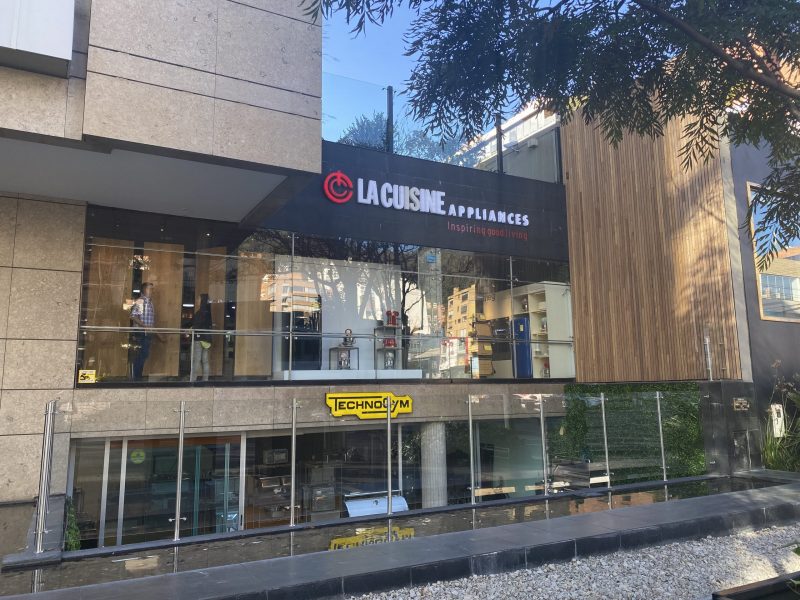
Calle 77 #72-37
Barranquilla, Colombia
Monday to Friday: 08:00 a.m. - 06:00 p.m.
Saturday: 09:00 a.m. - 01:00 p.m.
(+57) 605 352 0851
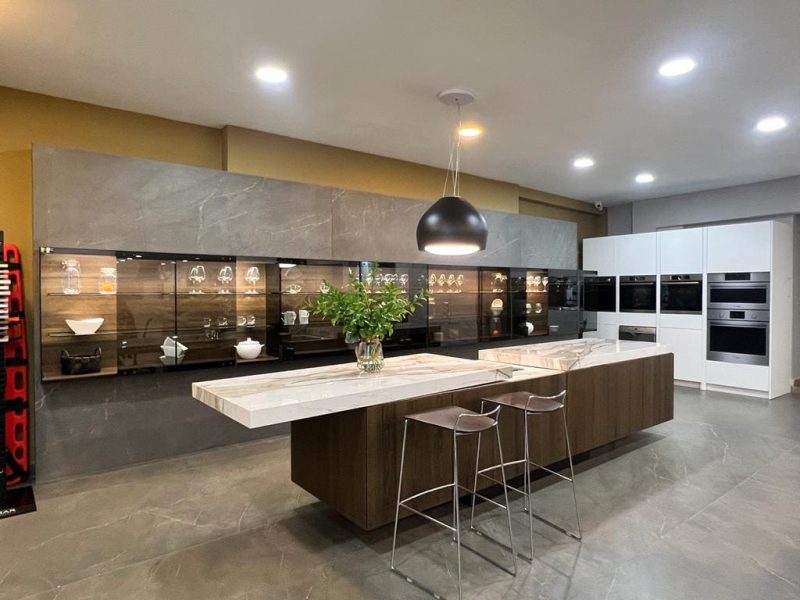
Edificio La Cuisine
Costado Suroeste, C.C. La Paco
Escazú, Costa Rica
Monday to Friday: 09:00 a.m. - 05:00 p.m.
Saturday: 10:00 a.m. - 04:00 p.m.
(+506) 4000.3555
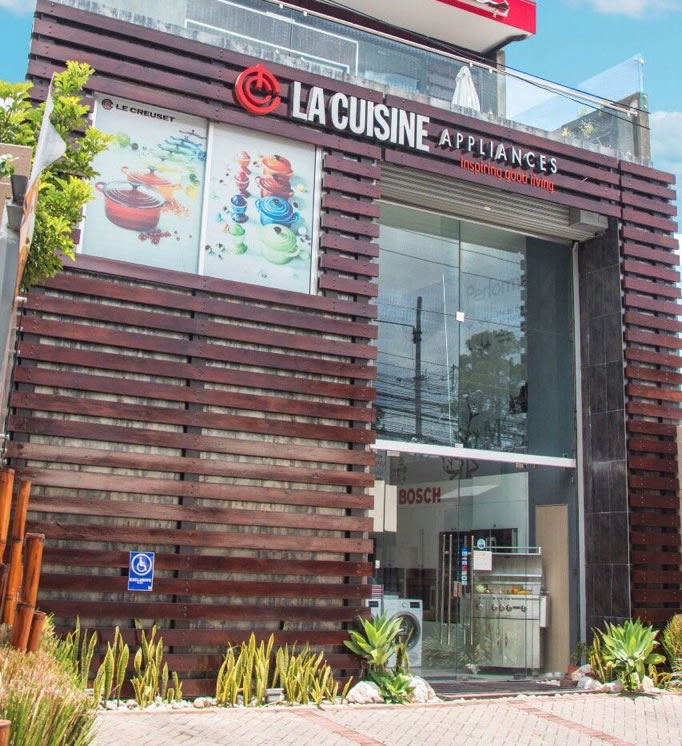
Galerías de Puntacana No. 51
Punta Cana, La Altagracia, R.D.
Monday to Friday: 09:00 a.m. - 06:00 p.m.
Saturday: 10:00 a.m. - 01:00 p.m.
(809) 378.9999
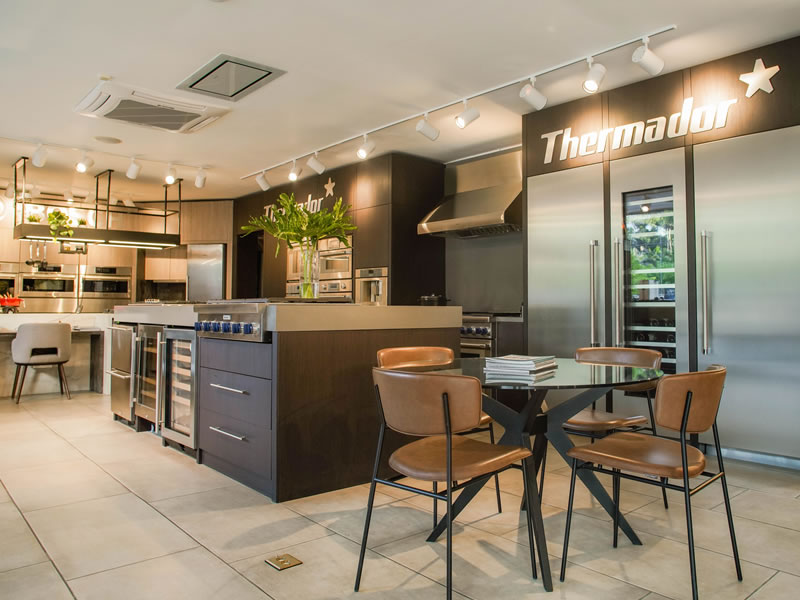
C/Rafael Augusto Sánchez No.22,
Piantini, Santo Domingo, R.D.
Monday to Friday: 09:00 a.m. - 06:00 p.m.
Saturday: 09:00 a.m. - 01:00 p.m.
(809) 378.9999
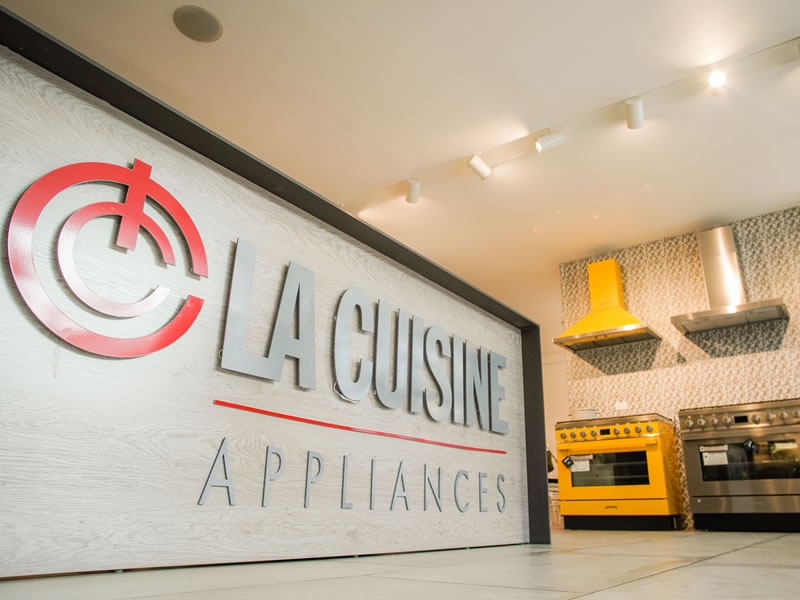
18187 Biscayne Bvld., Aventura
FL 33160
Monday to Friday: 10:00 a.m. - 06:00 p.m.
Saturdays by appointment.
(786) 322 5432
www.lacuisineappliances.com
sales@lacuisineappliances.com

3232 Coral Way,
Miami FL 33145
Monday to Friday: 10:00 a.m. - 06:00 p.m.
Saturday: 10:00 a.m. - 03:00 p.m
(305) 442-9006
www.lacuisineappliances.com
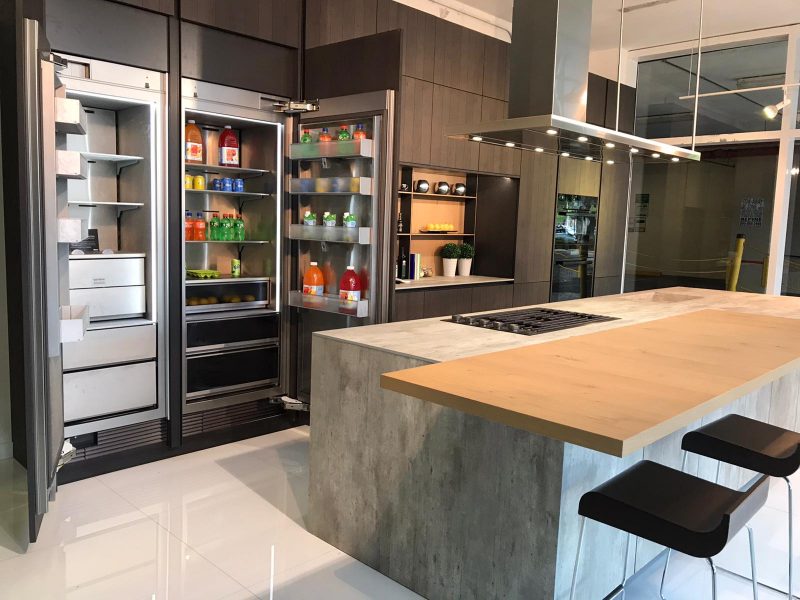
2005 NW 115th Avenue
Miami, FL 33172
Monday to Friday: 09:00 a.m. - 05:30 p.m.
Saturday: Closed
(+1) 305 418.0010
info@lacuisineinternational.com
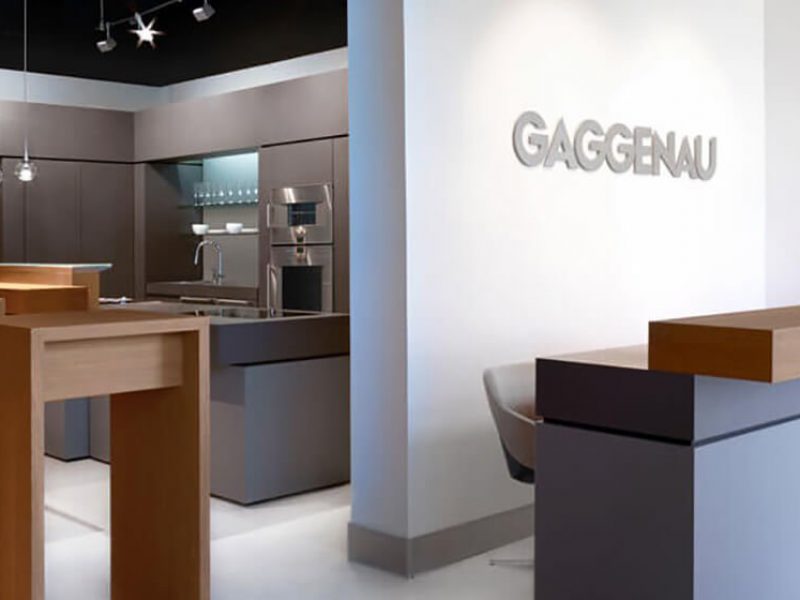
Obarrio. Av. Samuel Lewis,
Addison House Plaza,
Local No.11, Panamá
Monday to Friday: 09:00 a.m. - 06:00 p.m.
Saturday: 10:00 a.m. - 04:00 p.m.
(+507) 265.2546/2547

Av. Caminos del Inca 1603,
Santiago de Surco, Perú
Monday to Friday: 10:00 a.m. – 07:00 p.m.
Saturday: 10:00 a.m. – 01:00 p.m.
(+511) 637.7087

Centro Comercial San Ignacio, Nivel C, local No.5
Caracas, Venezuela
Monday to Saturday: 10:00 a.m. – 07:00 p.m.
(+58) 212 264.5252
(+58) 414 018.5352 (Wholesale)
ventas@lacuisineappliances.com
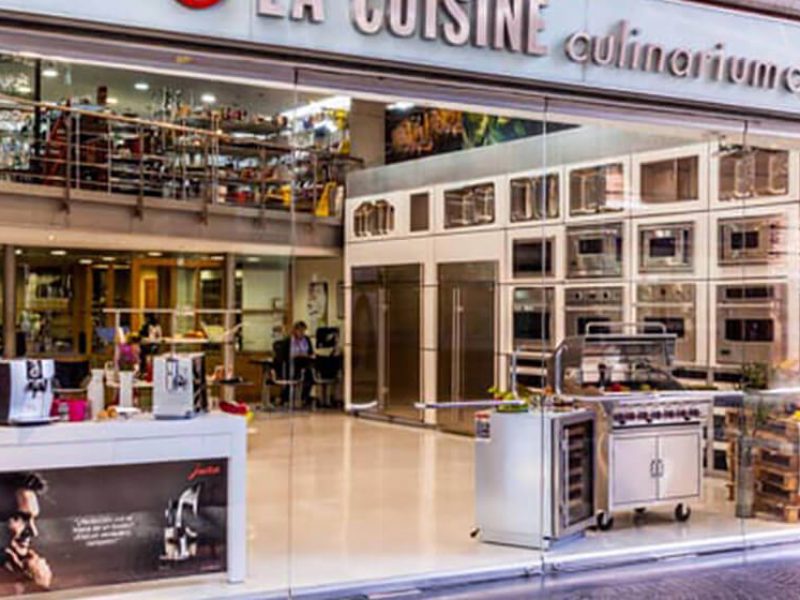
Complejo Pradera Ofibodegas No.13,
20 calle final Z. 10 Km. 6.8 Carretera a Muxbal,
Santa Catarina Pínula, Guatemala
Monday to Friday: 08:00 a.m. - 05:30 p.m.
Saturday: 09:00 a.m. - 12:30 p.m.
(+502) 6671-3400
